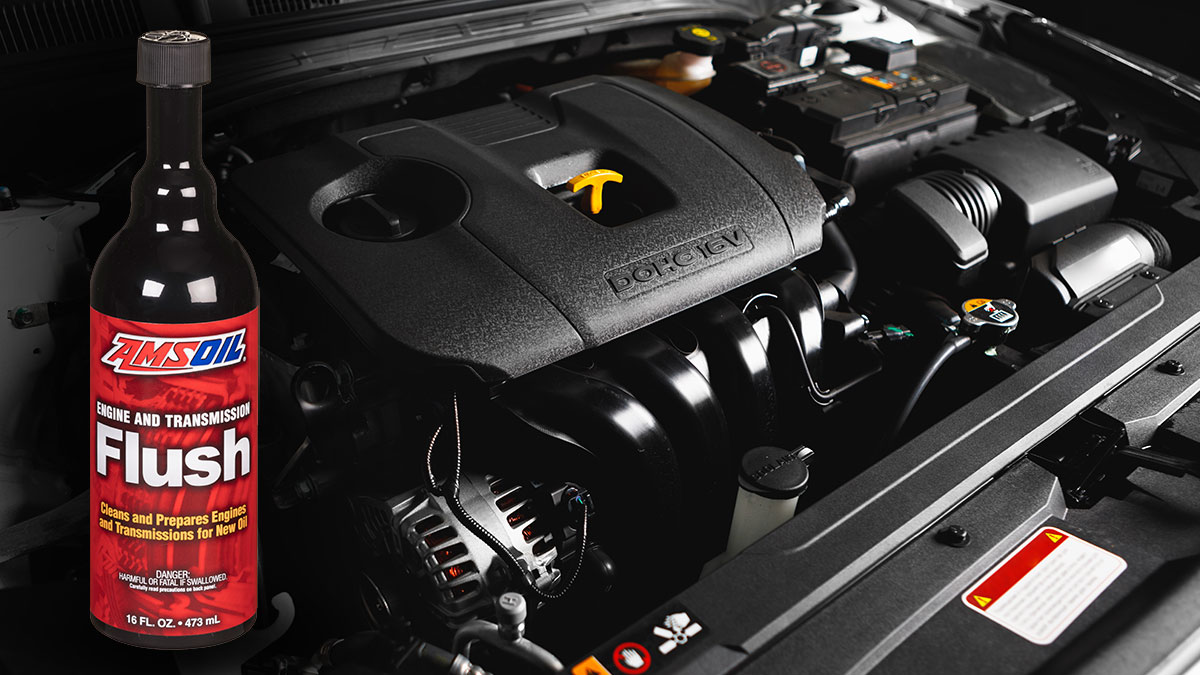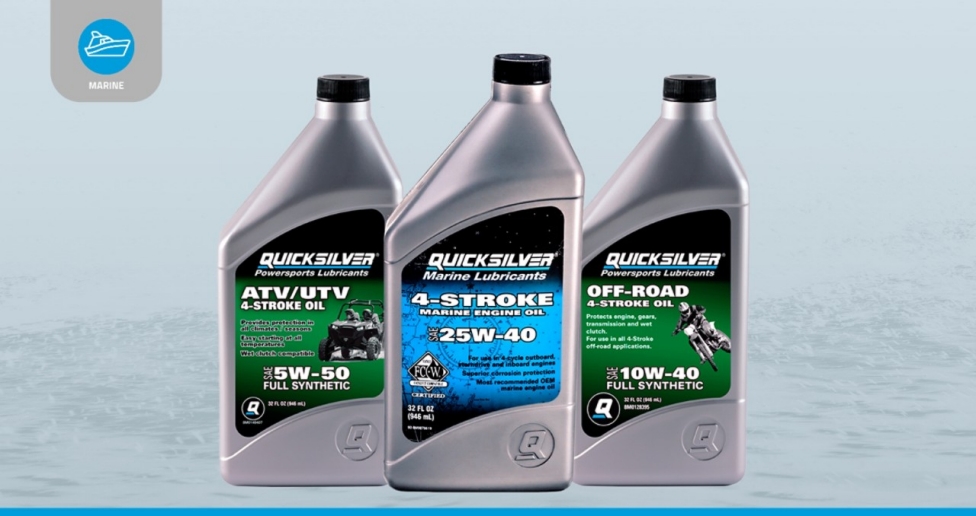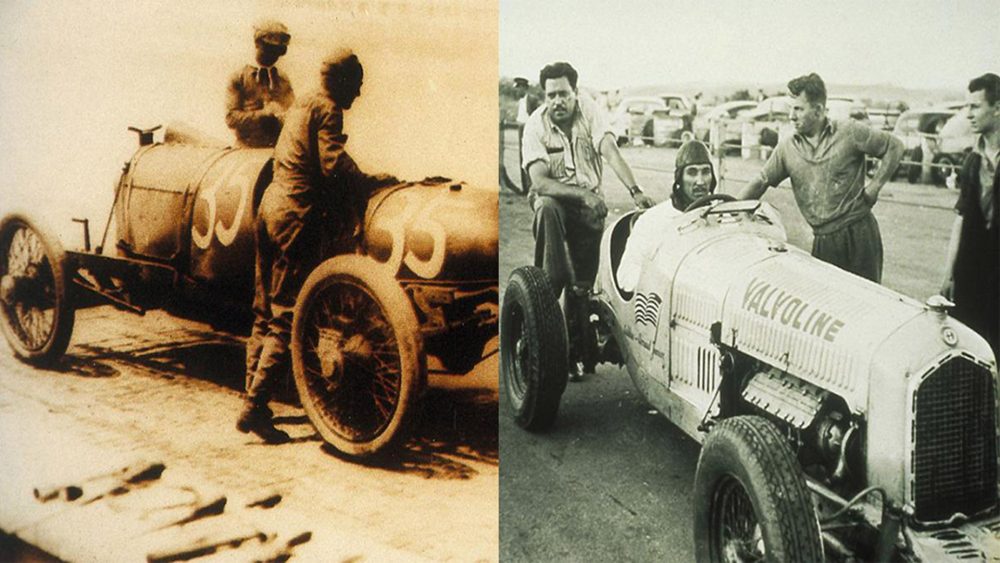Flushing a car engine involves draining the old oil, adding a cleaning agent, idling the engine, and draining out the cleaning agent along with the sludge and debris it dislodges. This process can help remove harmful build-up and improve engine performance.
However, it is important to follow manufacturer guidelines and avoid using engine oil flush products, which can cause more harm than good. While there are various methods and opinions on engine flushing, it is recommended to consult a trusted mechanic or refer to your vehicle’s manual for specific instructions and recommendations.
Regular oil changes and maintenance can also help prevent the need for engine flushing.
Introduction To Engine Flushing
Engine flushing is an important part of car maintenance. It helps to remove build-up and sludge from the engine, ensuring optimal performance. Flushing your engine is necessary when you notice signs such as poor fuel economy, engine overheating, or loud engine noises. It is also beneficial to flush your engine when you reach the recommended mileage for this maintenance task. Engine flushing helps to extend the life of your car’s engine and maintain its efficiency. It involves draining the old oil, adding a chemical cleaning agent, idling the vehicle, and then draining out the cleaning agent along with the dislodged debris. This process helps to remove harmful deposits and contaminants from the engine, allowing fresh oil to lubricate and protect the engine components effectively.

Credit: www.spinny.com
Pre-flush Preparations
Before starting the engine flush, it’s crucial to gather all the necessary supplies. This includes engine flush solution, fresh motor oil, a new oil filter, and a drain pan. Additionally, make sure to take safety precautions such as wearing gloves and protective eyewear.
Warm Up Your Engine
The importance of operating temperature cannot be overstated when it comes to flushing a car engine. Before beginning the flushing process, it is crucial to warm up your engine. This ensures that the engine oil becomes thinner and flows more easily, allowing the cleaning agent to reach all the necessary areas.
Once your engine is warmed up, it is time to idle your car safely. Start the vehicle and let it run at idle for a few minutes. This allows the cleaning agent to circulate throughout the engine, dissolving any sludge or deposits that may have accumulated over time.
After idling, you can proceed with the flushing process, which involves draining the old engine oil and adding a chemical additive. The cleaning agent is left to work its magic for a few minutes before being drained out, taking with it any gunk or broken sludge.
Remember to follow the manufacturer’s instructions and use the appropriate cleaning agent for your car engine. Regular engine flushing can help maintain the performance and longevity of your engine.
Draining The Old Oil
When it comes to flushing a car engine, one of the first steps is draining the old oil. To locate the oil drain plug, refer to your car’s manual or do a quick search online for your specific make and model. Once you’ve found it, place a container beneath the plug to catch the oil as it drains out. Remember to wear gloves and take precautions to prevent any oil from spilling onto the ground.
Proper oil disposal is essential to protect the environment. Check with your local recycling center or auto parts store for guidance on how to dispose of the used oil safely. Many places have designated collection points for used oil that can be recycled or properly disposed of.
Applying Engine Flush Additives
When it comes to flushing a car engine, applying the right engine flush additive can make a big difference in getting rid of the gunk and sludge that can build up over time. However, it’s important to choose the right additive that’s compatible with your car’s engine and won’t cause any damage.
To add engine flush chemicals, start by warming up your car’s engine and turning it off. Then, add the recommended amount of engine flush additive to your oil and run the engine for several minutes to allow the cleaning agent to circulate throughout the engine. Finally, drain the oil and flush out any remaining residue with fresh oil and a new oil filter.
Overall, using an engine flush additive can help improve your car’s performance and extend its lifespan, but it’s important to follow the manufacturer’s instructions carefully and choose the right product for your car’s specific needs.

Credit: www.youtube.com
Running The Flush
Performing an engine flush is a crucial part of maintaining your car’s engine health. When it comes to running the flush, it is important to monitor the engine during the process to ensure that everything is going smoothly. The time duration for effective flushing varies depending on the product used and the condition of the engine.
One way to perform an engine flush is by using a chemical additive that is poured into the engine while the vehicle is idling. The cleaning agent flows through the engine and loosens any gunk or sludge that has built up over time. The additive is then drained out, taking the debris with it. It is important to note that engine oil flush should never be used, as it can cause damage to the engine.
Another method is to use an engine additive that thins the sludge enough so it flows out of the engine. Once the engine has warmed up, the dirty oil and liquefied sludge can be drained out, and a new oil filter and fresh motor oil can be added. This method may take longer, but it is a safer option for those who want to avoid any potential damage.
Post-flush Procedures
After performing an engine flush, there are a few important steps to follow before considering the process complete:
Second Oil Drain: Once the cleaning agent has been drained out, it is recommended to perform a second oil drain. This helps ensure that any remaining gunk and broken sludge are completely removed from the engine.
Cleaning and Replacing the Oil Filter: While performing the second oil drain, it is also a good idea to clean or replace the oil filter. This helps prevent any residual contaminants from circulating back into the engine.
By taking these post-flush procedures into account, you can ensure a thorough and effective engine flush, leaving your car’s engine clean and ready for optimal performance.

Credit: blog.amsoil.com
Refilling With New Oil
Selecting the Right Oil:
When it comes to refilling your car engine with new oil after flushing, it is crucial to select the right oil for optimal performance. Look for oil that meets the specifications mentioned in your vehicle’s owner manual. Consider factors such as viscosity, brand reputation, and any specific requirements for your car’s engine.
Filling Process and Checking Oil Levels:
After selecting the right oil, it’s time to refill your engine. Start by removing the oil cap and placing a funnel in the opening. Slowly pour the new oil into the engine, making sure not to overfill. Use a dipstick to check the oil level, wiping it clean before reinserting it. Ensure that the oil level falls between the minimum and maximum markings on the dipstick.
By following these steps, you can successfully refill your car engine with new oil after flushing, promoting optimal engine performance and longevity.
Post-flush Engine Care
After flushing your car engine, it’s crucial to maintain proper care to ensure optimal performance. Regular maintenance is essential to keep your engine running smoothly. It’s important to schedule your next flush based on your vehicle’s specific needs and usage. Keeping up with post-flush engine care will help extend the life of your engine and prevent any potential issues from arising.
Troubleshooting Common Issues
When handling leaks and noises, it’s important to identify the source and address it promptly to prevent further damage. Keep an eye out for oil or coolant leaks and listen for unusual engine sounds. If you notice any of these issues, it’s crucial to seek professional help to diagnose and resolve the problem effectively.
The Pros And Cons Of Engine Flushing
| The Pros and Cons of Engine Flushing |
|---|
|
Benefits of Regular Engine Flushing:
Potential Risks and Drawbacks:
|
Diy Vs Professional Engine Flush
When it comes to flushing your car engine, it’s essential to consider the options available. DIY engine flushing can be cost-effective, but it requires time and effort. On the other hand, professional engine flushing may involve higher costs, but it ensures expertise and convenience.
The cost comparison between DIY and professional engine flush varies. DIY methods typically involve purchasing flushing agents and tools, which can be relatively affordable. However, professional services encompass labor and advanced equipment, leading to higher overall costs.
Determining the best option for your car depends on various factors, including your budget, time availability, and the specific needs of your vehicle. It’s crucial to weigh the cost implications against the potential benefits to make an informed decision.
Frequently Asked Questions
How Do You Flush Out A Car Engine?
To flush out a car engine, drain the old oil and pour in an engine flush cleaning agent. Let the engine idle for a few minutes to ensure the cleaning agent reaches all parts. Drain out the cleaning agent, which should bring out gunk and sludge, and replace with fresh oil and a new oil filter.
Do not use engine oil flush as it can damage the engine.
What Is The Process Of Engine Flush?
The process of engine flush involves draining out the old oil and pouring in an insoluble chemical additive. The vehicle is then idled for a few minutes to ensure the cleaning agent reaches every place oil would normally reach. The chemical additive is then drained out, taking with it gunk and broken sludge.
It is important to note that using engine oil flush is not recommended.
How Much Does An Engine Flush Cost?
An engine flush typically costs between $100 to $150, depending on the vehicle and location.
How Do I Remove Sludge from My Engine?
To remove sludge from your engine, follow these steps:
1. Use an engine additive to thin the sludge and help it flow out.
2. Drain the dirty oil and the liquefied sludge once the engine has warmed up.
3. Install a new oil filter.
4. Add fresh motor oil. By following these steps, you can effectively remove sludge from your engine.
Conclusion
Flushing a car engine is an important maintenance task to remove sludge and contaminants. By following the correct procedure, including using a quality engine flush product, draining the old oil, and refilling with fresh oil, you can ensure optimal engine performance and longevity.
Regular engine flushing can help prevent costly repairs and keep your vehicle running smoothly.


